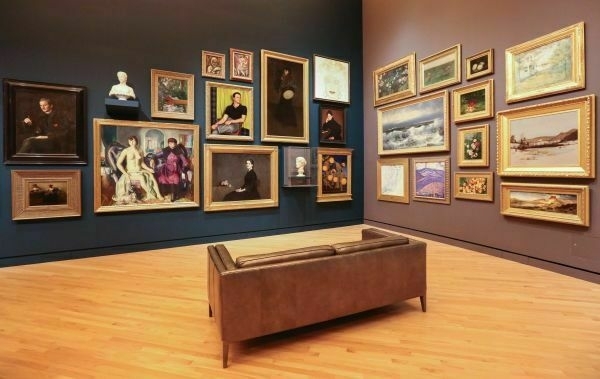Art gallery mode
I love this post by David Cain so much. He talks about how every weekend during the summer he goes on a bike ride. Using an app to randomise his destination, he always finds something worth discovering. Why? Because he’s in what he calls ‘art gallery mode’.
To select a destination, I use an obscure app called Randonautica, which creates an X-marker somewhere on a map of the city. The app’s “About” section says it chooses this location through “theoretical mind-matter interaction paired with quantum entropy to test the strange entanglement of consciousness with observable reality.” It says the app’s users, when they arrive at their prescribed locations, often find “serendipitous experiences that seemingly align with their thoughts.”Source: How to Get the Magic Back | Raptitude[…]
The first time it sent me to a creekside clearing, where I saw a strange black glob in the water that turned out to be a mass of tadpoles. Another time it sent me to a gravel back lane near where I used to live, at a spot where someone had written “DAD!” on the fence in some kind of white resin. Another day it took me to a book-exchange box containing only children’s books and Stephen King’s Tommyknockers.
Wherever it sends you, there’s always something there that seems charged with a small amount of cosmic significance, even if it’s just a particularly charismatic patch of dappled sunlight, an abandoned shopping list with unusual items on it, or some other superordinary sight akin to the twirling plastic bag in American Beauty.
The trick here is that there’s always something significant, poignant, or poetic everywhere you look, if your mind is in that certain mode – so rare for adults — of just looking at what’s there, without reflexively evaluating or explaining the scene. A mystery co-ordinate in an unfamiliar neighborhood gives you few preconceptions about what you’re going to find there, so the mind naturally flips into this receptive, curious state that’s so natural for children.
I sometimes call this state “art gallery mode,” because of a trick I learned from an art history major. We were at the Metropolitan Museum of Art in New York, browsing famous abstract paintings by Pollock, Kandinsky, Mondrian, and other artists whose swirls, rectangles, and blobs are regarded as masterpieces.
